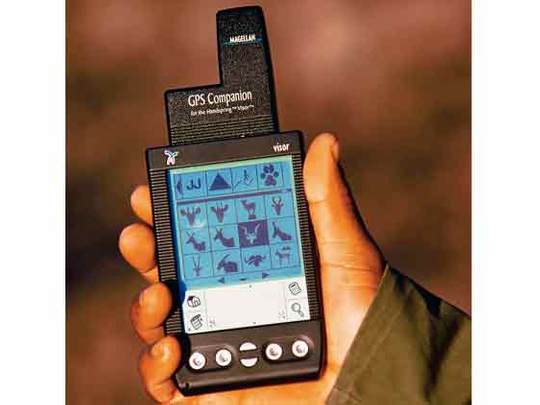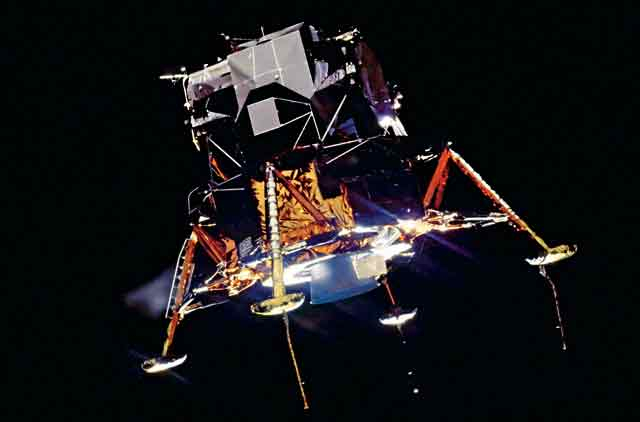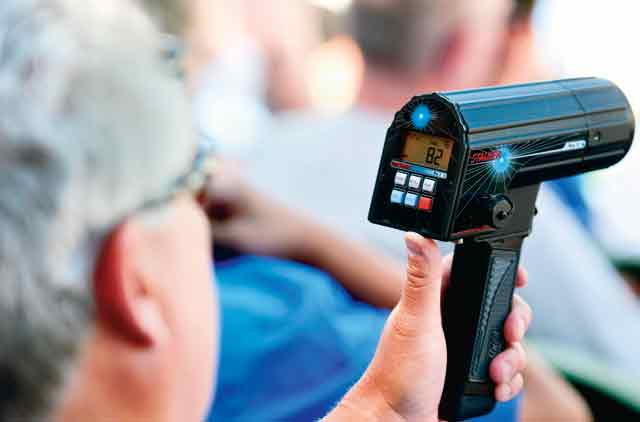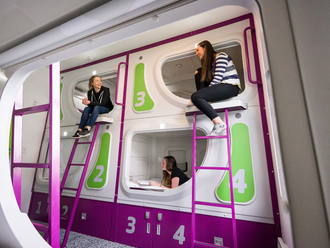
What comes to mind when you think of South Africa? Is it rugby, cricket, the Big Five, or the unmatched beauty that is Cape Town? Is it Kwaito music, Nelson Mandela, mouth-watering food, gorgeous women and glowing men? You'd be right to have thought of these things, they are integral pieces of the South African puzzle. But what about envisioning the country as a land of great innovation? Did that come to mind? Well, South Africans are full of surprises.
The country is home to the powerless fetal heart monitor, dolos, the world's only oil-from-coal refinery and the inventor of the CAT scan. We are also very unique, too. Who else creates their own nuclear weapons and then gives them up at will? South Africa is the only country in the world to have voluntarily dismantled and surrendered its own home-made nukes. And all of this was done to show the country's support of and dedication to world peace. How cool are we?
What else is cool is our list of other inventions. Here are some examples of our most impressive and unusual ingenuity.
Pratley Putty
Out of all the adhesives in the world, this one has to be the coolest. It's hand mouldable, becomes hard when dry and is ideal for underwater use. South Africa was the first to invent anything like it — and the most impressive part is it's been to the moon. In 1969, this ultra-handy product was used to hold parts of the Apollo XI mission's Eagle landing ship together. Far out!
The creator was George Pratley, an engineer from Krugersdorp. In 1965, Pratley created Humphrey the Robot. Who knew at the time that the glue holding Humphrey together would make it to the moon?
The Cybertracker
The brainchild of Lindsay Stevenson and Louis Liebenberg, the Cybertracker is a hand-held device that tracks animals, birds and insects out in the bush. With an expansive terrain and freely wandering wildlife, keeping scientific records of the animals and nature is challenging. But thanks to this smart little computer, scientists are able to carry out their research even without being in the field themselves. Compact enough to carry easily, indigenous people living in remote areas are able to carry the device with them. Due to the very simple graphic interface, even illiterate people are able to use it. >
The Speed Gun
South Africa is a sporting nation, and we sure do love to watch sport. What makes a game even more exciting is knowing how hard or fast a ball has been smashed. Because then we get to say: "Eish man! Did you check that, hey?" This extra excitement arrived in South Africa in 1992, when engineer Henri Johnson of Somerset West developed what's commonly called the Speed Gun. This nifty gizmo accurately measures both the speed and angles of the balls being hit during a match. Today, the Speed Gun is used in professional tennis and cricket games around the globe.
Action Potential Stimulation
Referred to as APS, this super-smart device, invented by Gervan Lubbe in 1991, electronically stimulates the body's natural nerve impulses, helping to relieve pain. With his invention Lubbe was to change the world of arthritic pain forever. As if this alone were not profound enough, the Pretoria-born, Boksburg-bred Lubbe was not a doctor or scientist. He was a telephone technician at the time.
With a strong interest in medicine, but without the grades to have studied the subject at university, Lubbe learned about human anatomy and physiology in his free time. It was while reading an American medical journal that he began to wonder about pain, and the possibility of manipulating nerve impulses to relieve it. After setting out to create a device that would achieve pain relief, Lubbe's prototype gained approval from the US health department and Food and Drug Administration. In 1993, Lubbe formed the Tech Pulse company, which has been providing the world with his devices ever since. Today, APS devices are sold in 41 countries around the world, including the Middle Eastern nations.
Kreepy Krauly
Not sure of this one? It's a vacuum cleaner for your swimming pool. Blessed with a beautiful climate, which does not falter all year long, and an abundance of flat land, it's easy to understand why so many South Africans have large swimming pools in their gardens. Now, while it's easy to enjoy sunshine almost every day of the year, it can be a drag to have to sweep and clean your swimming pool every day. So to take care of this, hydraulics engineer Ferdinand Chauvier from Springs invented the world's first automatic pool cleaning unit. Pool owners the world over have appreciated this sucker since 1974.
The CAT scan
Dr Allan Cormack was born in Johannesburg in 1924 but completed his education much further south at the University of Cape Town (UCT). The nuclear physicist became interested in the problems surrounding X-ray machines while working in 1956 at the Groot Schuur Hospital. Offering only a 2-D representation, the conventional X-ray could not distinguish between layers of tissues with different densities. With this in mind, Cormack left for Harvard University in the US on a sabbatical.
While abroad, Cormack developed a mathematical theory of the X-ray's absorption problem. In 1957, he returned to UCT and performed the first X-ray reconstruction.
He continued to develop this for six years, when he published two papers in the "Journal of Applied Physics" in 1963 and 1964. These papers contained the fundamentals of axial tomography and earned Cormack his share of the 1979 Nobel Prize for Physiology and Medicine. His co-laureate was Godrey Hounsfield of the US, who used Cormack's mathematical techniques to create the first commercial computerised axial tomography scan, or what's better known as the CAT scan.
The heart transplant
Successfully executed on December 3, 1967, was the first heart transplant, performed at the Groote Schuur Hospital in Cape Town by Dr Chris Barnard of Beaufort West.
On the back of having seen through his first successful kidney transplant, Barnard was convinced that a heart could be transplanted, too. His chance to prove this right came in November 1967. And the suitable candidate was Louis Washkansky, who suffering from heart failure was prepared to take his chances. The rest as they say is history.










